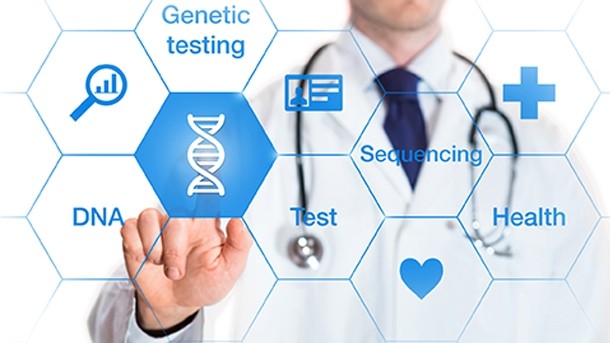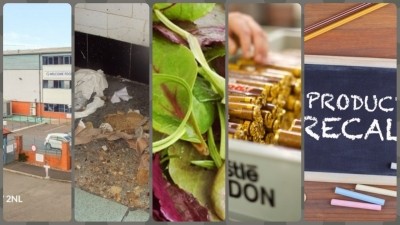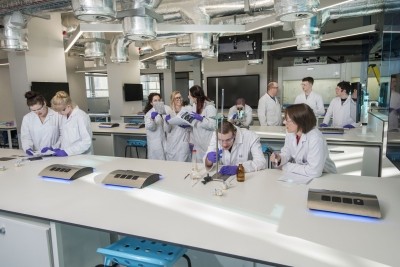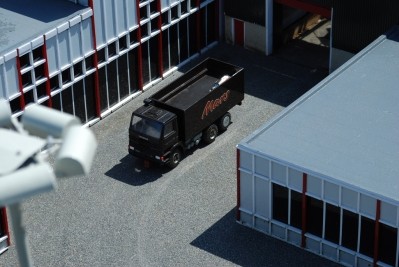Mars uses technology to raise safety

It brings together a number of different disciplines and involves working with computer company IBM and others, according to the company’s vice president for corporate research and development.
“We need to think differently about food safety, regulation and how we react to issues,” said David Crean. “Because this gives us the ability for understanding what’s going on in our food supply chain like we never have before.
“We are starting to put together a diagnostic [tool] based on the hazards that are there, to come to a risk assessment for the operator.”
The project involves combining new technologies, including big data, the microbiome, genomics and metabolomics, said Crean, at the Institute of Food Science & Technology’s spring conference last month titled ‘Your future role in food: embracing advances in technology’.
Microbiome studies involve looking at microorganisms in a particular environment – including the body.
Products of human metabolism
Genomics is the science of studying whole sets of gene DNA within individual cells. And metabolomics is the study of chemical processes involving metabolites – intermediates and products of human metabolism.
“There is something like 1bn people a year [worldwide] suffering from some form of foodborne illness,” said Crean. “So, how can we use these new technologies to fundamentally improve food safety?”
Crean suggested that genomics could be used to understand the interactions or “ecology” of micro-organisms – with each other and the wider environment, both within a food matrix or factory.
Success would mean better food industry control of food safety, added Crean. He used the example of better control of salmonella in a factory environment to explain how this might work.
He also suggested it might be possible to use hazard analysis critical control point methodologies better in the factory environment using these modern technologies.
‘Use genomics to think about traceability’
“Could we use genomics to think about traceability?” he suggested. “If you get milk powder coming from a specific supplier, does it have a specific microbiome? If you saw a shift in that microbiome, would that mean that that supply chain had changed recently?”
Mars was also using this approach to investigate microbial issues within poultry supply chains, he added.
Crean said Mars’s research had so far taken about two years to get to the stage where “we are now starting to generate significant results”.
“What it means for the business, is that we have the potential to unlock raw materials from new regions,” he said. This could be used if, say, aflatoxin problems arose in supply chains, he added.
“Now we are moving into the analytics. It’s about new partnerships; it’s about working with different people – we call it uncommon collaboration; bringing people into our network we wouldn’t typically work with.”
















